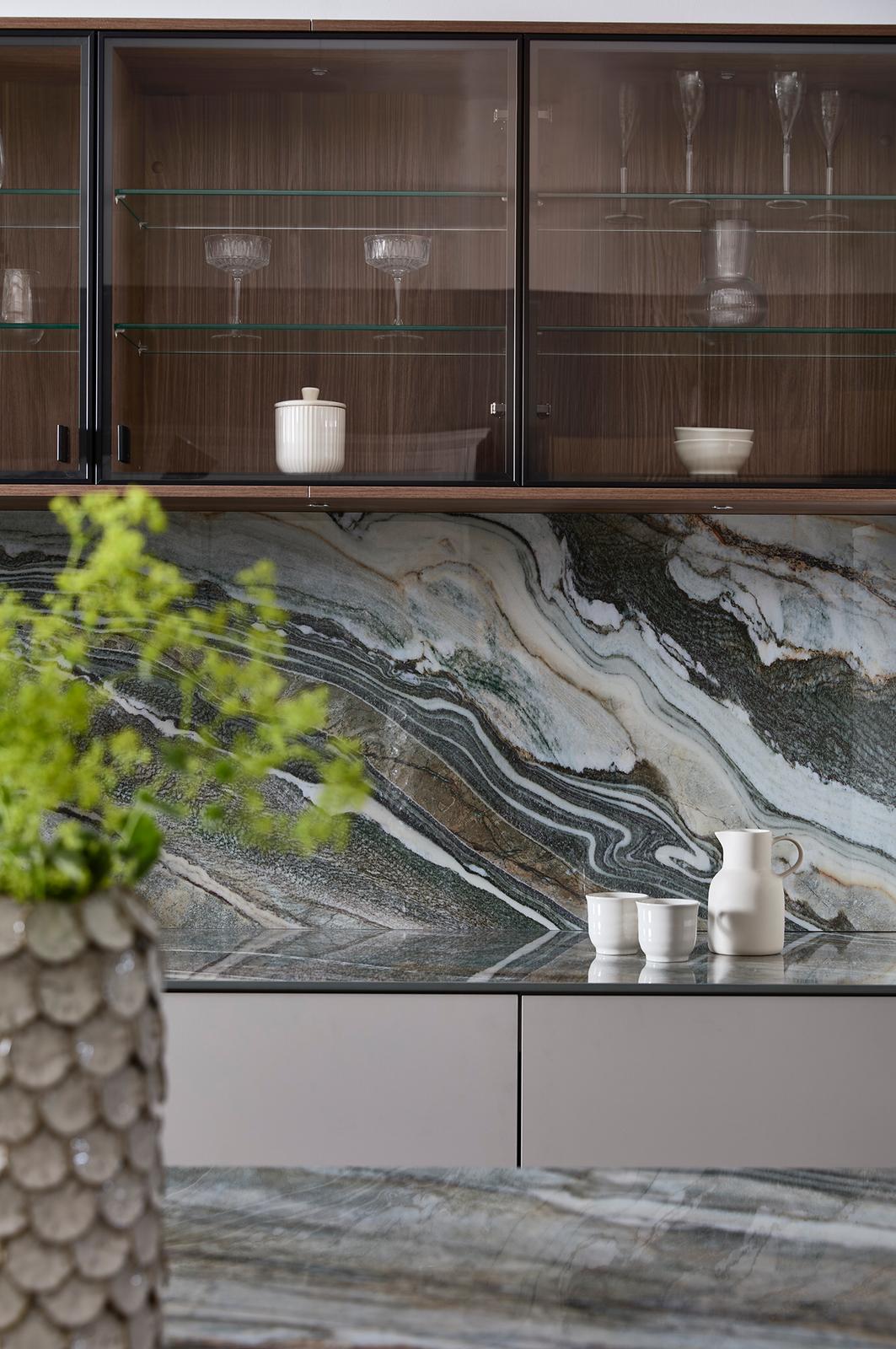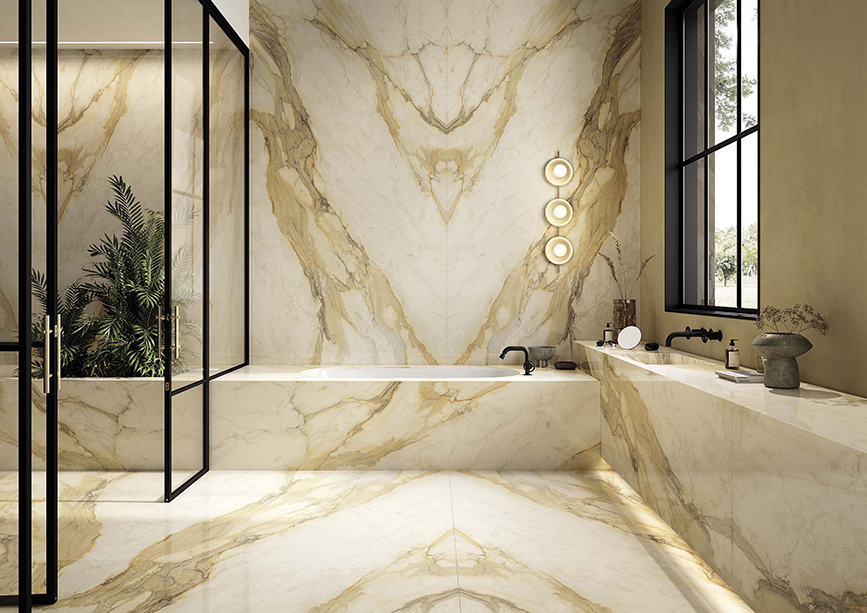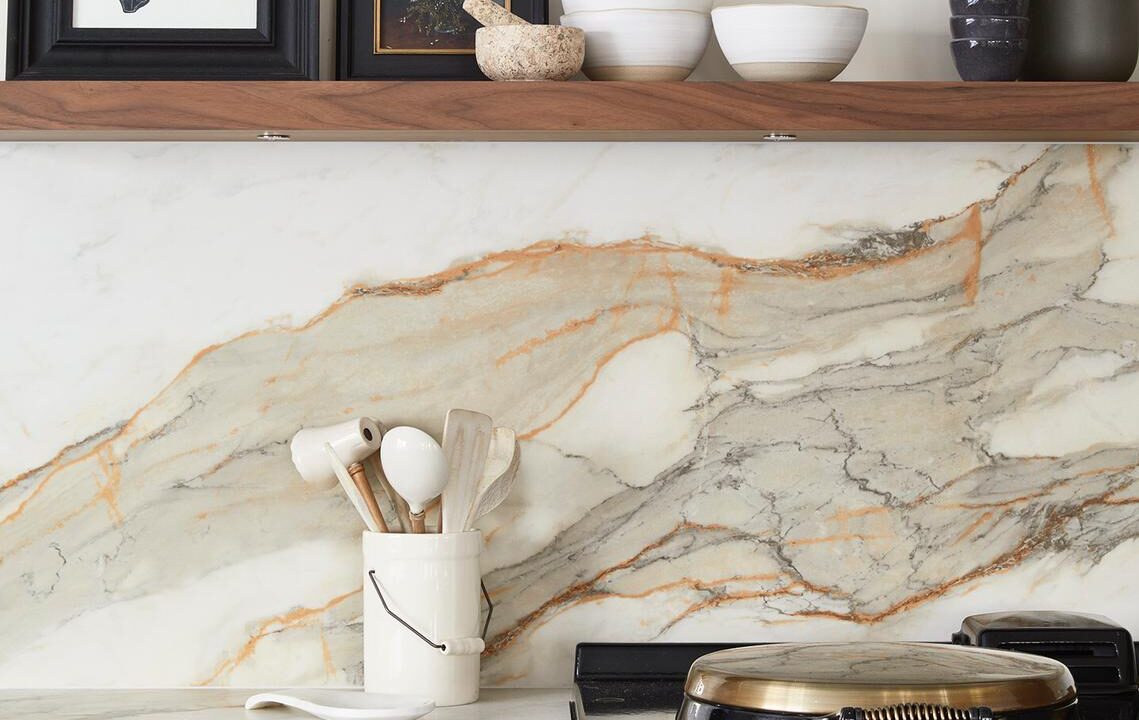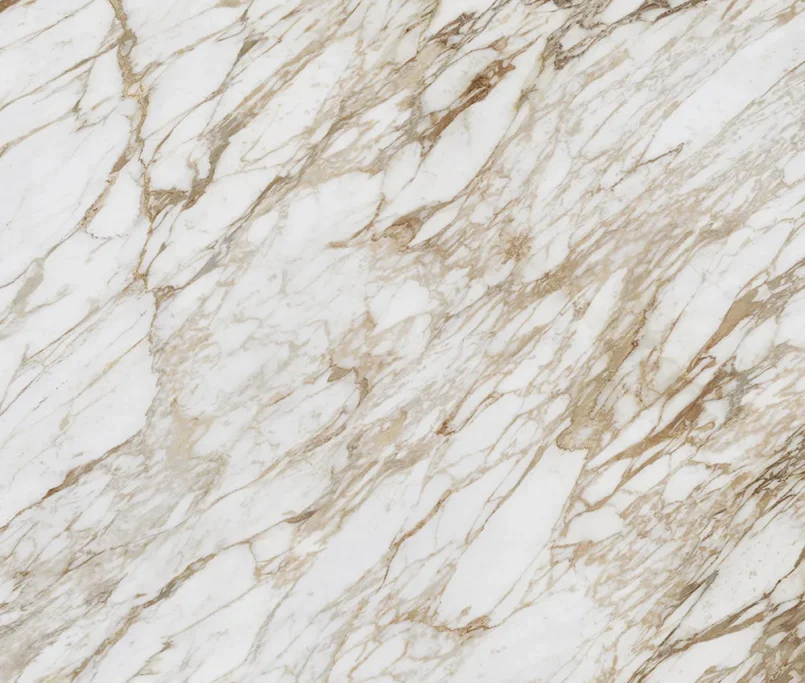Why does porcelain exist?
Why does porcelain exist? From high-end kitchens to commercial spaces – interior and exterior uses, porcelain surfaces are everywhere. Exploring the history of porcelain’s use across interior and exterior surfaces, one might wonder what led to this? Why do we need an alternative to natural stone?
The Rise of Natural Stone
For decades, natural surfaces such as marble, granite, slate and stone have stood as a gold standard within luxury design. Their unique veining, rich tones, and natural variation have often made them incredibly desirable. Yet, this desirability often comes at an unaffordable cost for most. These stones are not only costly and difficult to source but are sometimes porous, heavy and fragile. This makes it particularly difficult for large-scale or highly customised applications related to both interiors and exteriors.
The Demand for Accessible Luxury
The Birth of a Material. As design moved toward cleaner, more refined aesthetics, the stone industry faced a challenge: how to bring natural beauty into more homes, showrooms, and commercial spaces without the drawbacks of weight, maintenance, or price. The market needed a surface that could deliver luxury without compromise, hence the rise of porcelain and its impact on interior exterior surfaces history.
Innovation Meets Need
Enter large format porcelain slabs, engineered for both beauty and performance. Designed to mimic the look of natural stone, concrete and rare marbles porcelain slabs blend cutting-edge printing technology with exceptional durability, reshaping the history of porcelain’s role in interior and exterior surfaces.
More Than Just a Substitute
What began as a smart alternative has grown into a material that leads by design. Porcelain is no longer just a “look-alike” solution; it’s a creative force. So why does porcelain exist? With an ever-expanding palette of colours, patterns, and finishes, it offers design freedom and reliability that natural materials can’t match. Additionally, sustainable manufacturing practices have made porcelain a forward-thinking choice for environmentally conscious projects, setting new milestones in the development of porcelain for interior and exterior surfaces.
The Rise of Natural Stone
For decades, natural surfaces such as marble, granite, slate and stone have stood as a gold standard within luxury design. Their unique veining, rich tones, and natural variation have often made them incredibly desirable. Yet, this desirability often comes at an unaffordable cost for most. These stones are not only costly and difficult to source but are sometimes porous, heavy and fragile. This makes it particularly difficult for large-scale or highly customised applications related to both interiors and exteriors.









